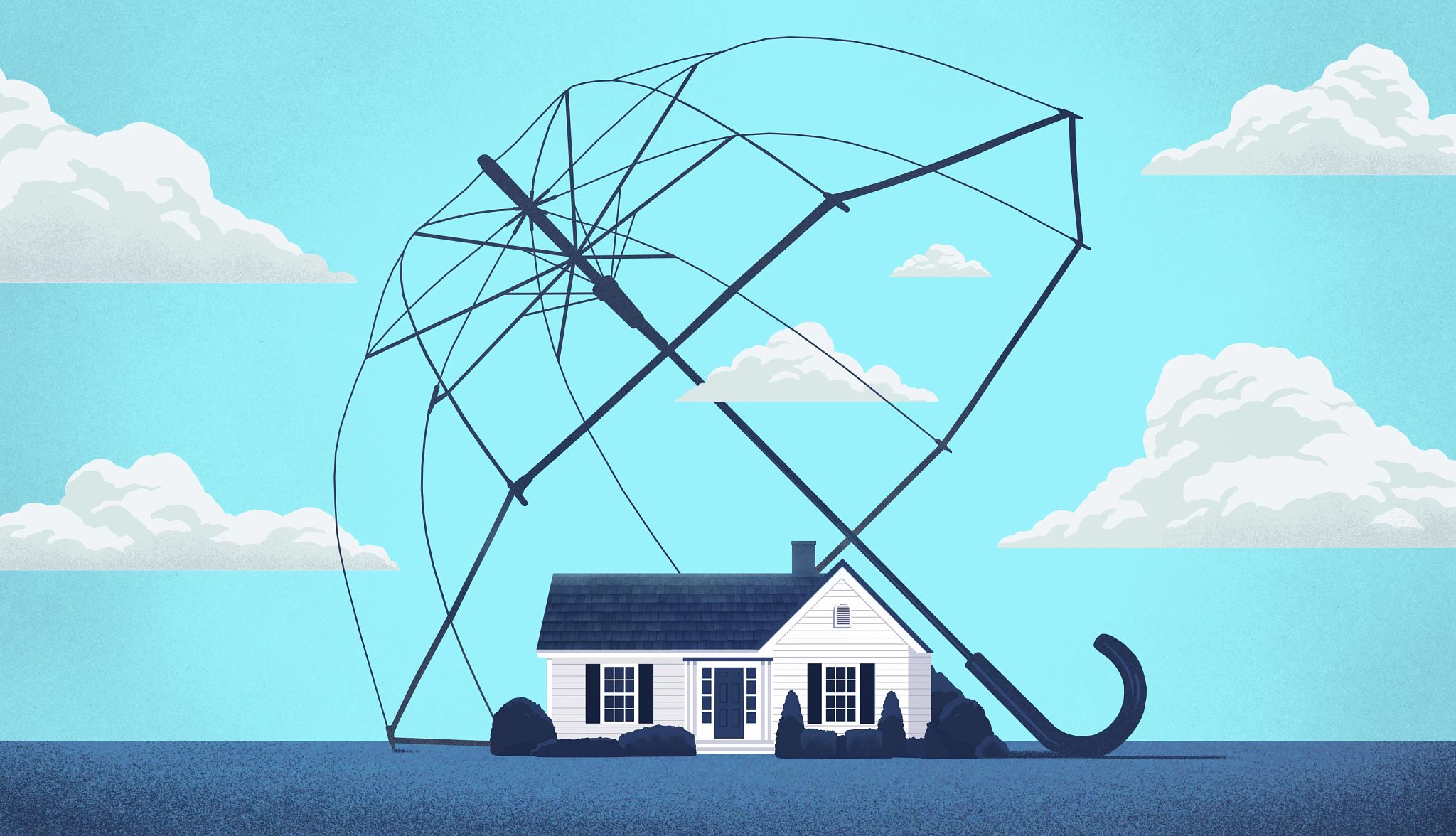AARP Hearing Center


If you’re like the majority of older Americans (73 percent), your home is your most valuable asset, a recent American Advisors Group survey found. And when you buy homeowner’s insurance, you might think the policy covers any major damage or repairs in exchange for your sizable premiums.
But basic property insurance doesn’t cover everything that can happen to your home or belongings. Which is why you need to do your homework and “clearly understand the potential risks you face with your policy,” says Mark Friedlander of the Insurance Information Institute.
Here are seven surprising homeowner’s insurance gaps — and ways to protect yourself.
1. Home modifications and renovations
When you signed up for homeowner’s insurance, you selected the coverage limits for rebuilding your home after a total loss. But if you’ve made any modifications for aging in place — like adding a wheelchair ramp or a stair lift — make sure to inform your insurance company; depending on the costs, you might need to adjust your policy’s coverage limits. The same applies if you’ve made any other major home renovations, such as adding solar panels, that significantly increased the replacement cost of rebuilding your home. If you don’t raise the coverage limits, you could be on the hook for the uncovered share after a total loss.
Even if you haven’t made any improvements to your property, it’s still a good idea to check in with your agent insurance. Inflation, supply chain shortages and a lack of laborers have pushed up construction costs in recent years, making it potentially more expensive to rebuild your home than when you took out your insurance policy, to the point where you need more coverage, says Friedlander.
2. Floods and earthquakes
Standard homeowner’s insurance covers a number of severe weather events, including blizzards, fires, lightning and windstorms, but it doesn’t cover floods or earthquakes.
While many people assume that flooding only impacts properties near water, more than 25 percent of flood claims occur outside of high-risk areas, according to FEMA. It doesn’t take much to cause a serious headache — FEMA estimates that just 1 inch of water can cause around $25,000 in damage.































.jpg?crop=true&anchor=13,195&q=80&color=ffffffff&u=lywnjt&w=2008&h=1154)
































More From AARP
5 Ways Older People Can Use a Home Equity Line of Credit
HELOCs can be a powerful tool — especially when you're olderQuiz: Can You Deal With House Pests?
Let’s test your skill at evicting these unwanted guests
How to Sell Your Parents' Home Without Grief, Family Drama or Financial Urgency
Five steps to work through a potentially fraught situation
Recommended for You